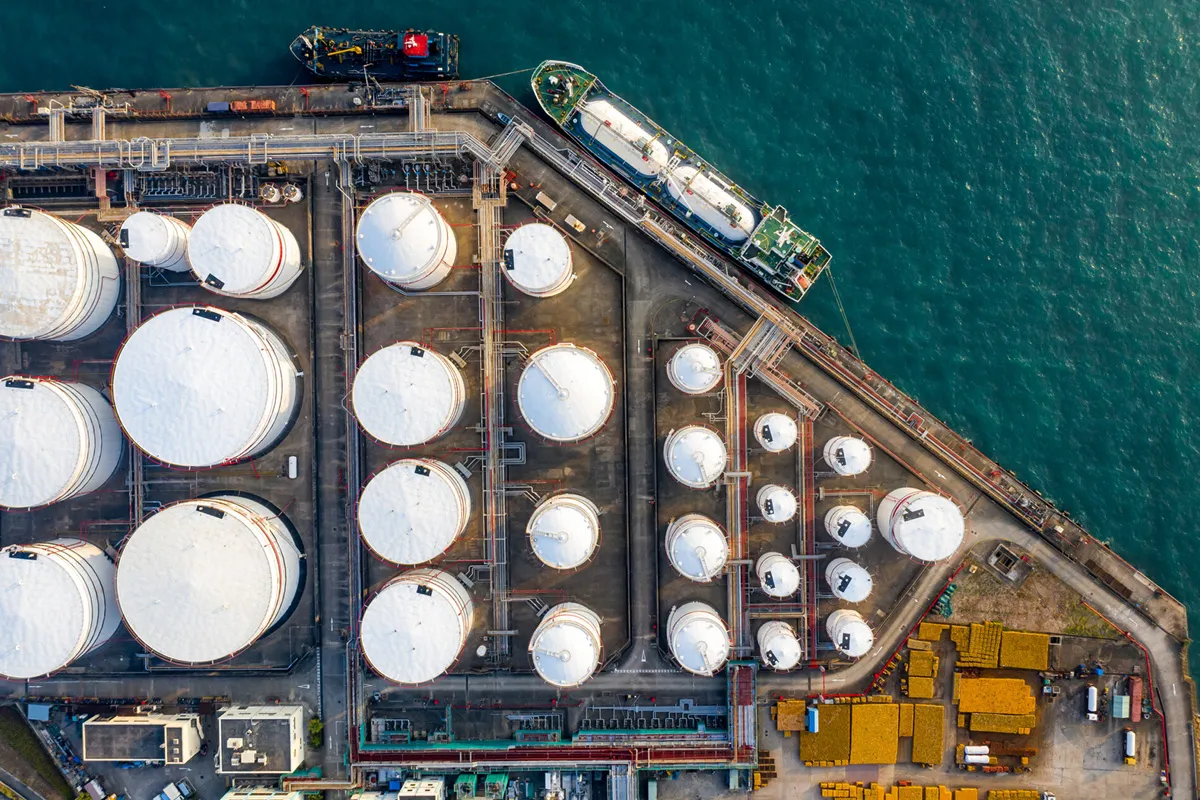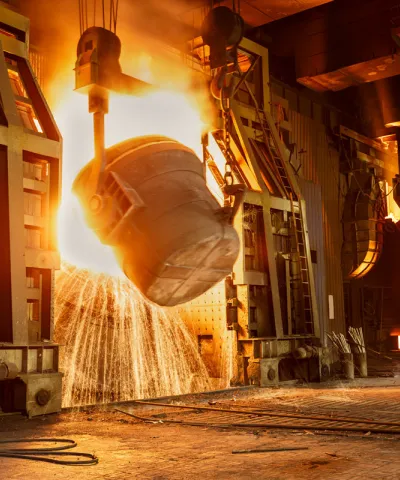Energy price volatility, political friction, and infrastructure constraints are shifting the industrials industry map. Our Chemicals, Energy, and Materials Study 2025 shows clear patterns: trade-exposed sectors are moving capital across borders while demand-tied sectors double down locally. For businesses, the next growth chapter depends on matching footprint to energy realities.
Energy-intensive industries are facing an unambiguous choice: compete or retreat. The old footprint logic of optimizing around labor and taxes, assuming energy and policy are stable, no longer holds. Executives now weigh energy reliability and affordability alongside tax and labor in their next site decisions. There’s now a recognition that energy access defines site competitiveness.
The relocation signal is real
In our 2025 CEM Study, relocation is found to be materially stronger in Europe (12%) than in the U.S. (7%), reflecting higher energy-price pressure in Europe versus stronger location competitiveness stateside. Base chemicals lead the outflow, with 32% of European companies and 17% of U.S. respondents investing abroad. These are board-sanctioned moves that rebalance supply toward advantaged energy.
Inside national borders, CAPEX is also being retooled. 46% European companies reallocate more local CAPEX to reduce energy costs, while 16% U.S. companies are more likely to postpone large decisions.
For industry leaders, this means recognizing that ‘wait and see’ remains a common strategy in markets where incentives and energy economics buy time. But it also means a widening competitiveness gap for late movers.
Industry logic matters as much as geography
Trade-exposed sectors, including base chemicals and parts of steel, are structurally more mobile. They are able to make cross-border bets to secure energy advantage or, at minimum, delay until signals are clearer.
In contrast, demand-tied sectors such as cement and glass remain anchored to customers and logistics. Their competitiveness will be won through local energy optimization and productivity measures rather than wholesale relocation.
Resilience is fragile
Only 1 in 4 companies describe their approach to strategic resilience as proactive. This means most are still reacting to shocks rather than building buffers. When firms do act, the tactics mirror industry logic. Cement and glass emphasize nearshoring/regionalization, base chemicals rely more on stockpiling, and steel splits between local integration and global exposure.
This is the blueprint for how resilience becomes operational rather than aspirational. Europe shows the clearest patterns of site pressure, closures, and green investments. In the U.S., sizable incentives tilt decisions toward investment more than relocation.
For multinational businesses, the implication is to avoid one global posture. The European footprint may require decisive moves on cost and energy access, while the U.S. plan can lean into incentives and optionality.
Your next best decisive move: Revisit strategy
Businesses must reassess priorities and stress-test competitiveness under shifting energy, regulatory, and market conditions. Start with a hard look at where energy reality helps or hurts the business. Europe shows materially stronger relocation signals than the U.S. Inside borders, leaders are already retooling with almost half of European companies reallocating local CAPEX to cut energy costs. Build these facts into scenarios and decide where to scale, hold, or exit.
At the same time, companies must translate industry logic into action. Trade-exposed businesses should weigh cross-border options or keep optionality where incentives buy time, while demand-tied sectors need to win locally through energy optimization and productivity.
Move resilience from aspiration to operating model by setting clear decision gates, supplier contingencies, and regionalized setups that fit your mobility and demand dynamics. Adjust course decisively where needed, anchored in site-level energy affordability, grid access, and policy reliability.
How Simon-Kucher can help
In the industrials market, winners will treat energy as a design constraint for strategy, not a procurement line item. They will act before the market forces their hand.
At Simon-Kucher, we help industrials businesses reset strategy for where they can truly win, today and over the next decade. Download our Chemicals, Energy, and Materials Study 2025 for the full data and recommendations on how to translate these insights into a concrete footprint and investment plan for your portfolio.
Form placeholder. This will only show within the editor



